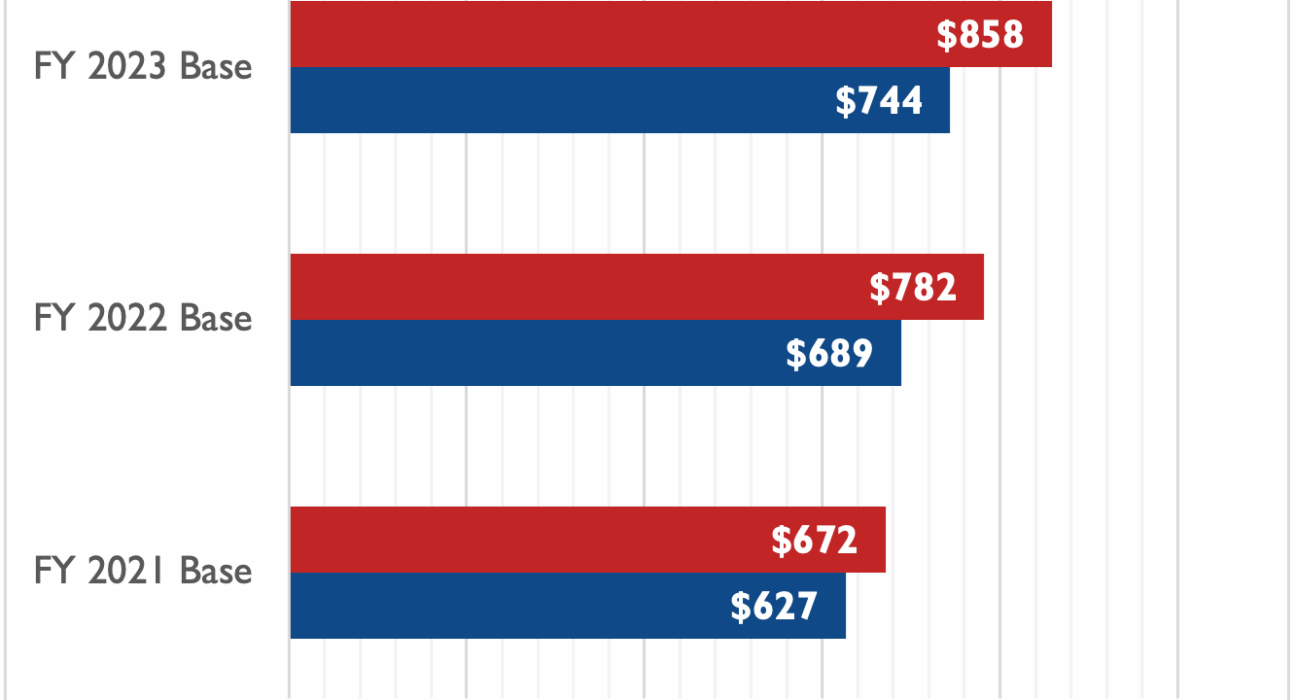The political landscape was abuzz as President Trump was poised to sign a Republican policy bill into law. Nestled within its pages was a provision that could spell significant financial gains for the pharmaceutical industry – a quiet victory that has sparked both praise and concern among experts.
“This is essentially giving $5 billion back to the pharmaceutical industry,”
remarked Dr. Benjamin Rome, a respected health policy researcher at Brigham and Women’s Hospital in Boston. The heart of the matter lies in the adjustment to Medicare’s price negotiation program, intended to curtail government spending on drugs. However, this tweak inadvertently paves the way for drug manufacturers to maintain higher prices, eroding an estimated $5 billion in potential savings over ten years.
The essence of this change revolves around expanding exemptions for certain medications from the negotiation program. Previously, drugs aimed at treating rare diseases affecting fewer than 200,000 individuals were excluded from negotiations. This exemption irked drug companies as it deterred them from exploring treatments for additional rare conditions – a drawback they argued left patients without access to innovative therapies.
In response to these grievances, the revised legislation now shields drugs approved for multiple rare diseases from immediate price negotiations. While this move aims to address industry concerns and encourage research into treatments for diverse conditions, it also postpones the possibility of reduced prices until these medications gain approval for broader patient populations.
Expert insights suggest that while the bill attempts to realign incentives within drug development and pricing strategies, its execution raises questions about its effectiveness in addressing underlying issues impacting healthcare accessibility and affordability.
As Rebecca Robbins delves into these industry dynamics through her meticulous reporting at The Times since 2015, she sheds light on how such policies shape not just market forces but also patient care and treatment options moving forward.
In conclusion, while the recent legislative changes mark a substantial win for drug manufacturers by preserving their pricing power, they set off ripples of debate regarding their ultimate impact on healthcare costs and patient welfare. The intricate interplay between policy decisions and industry practices underscores the ongoing quest for a balanced healthcare system that ensures both innovation and affordability coexist harmoniously.

